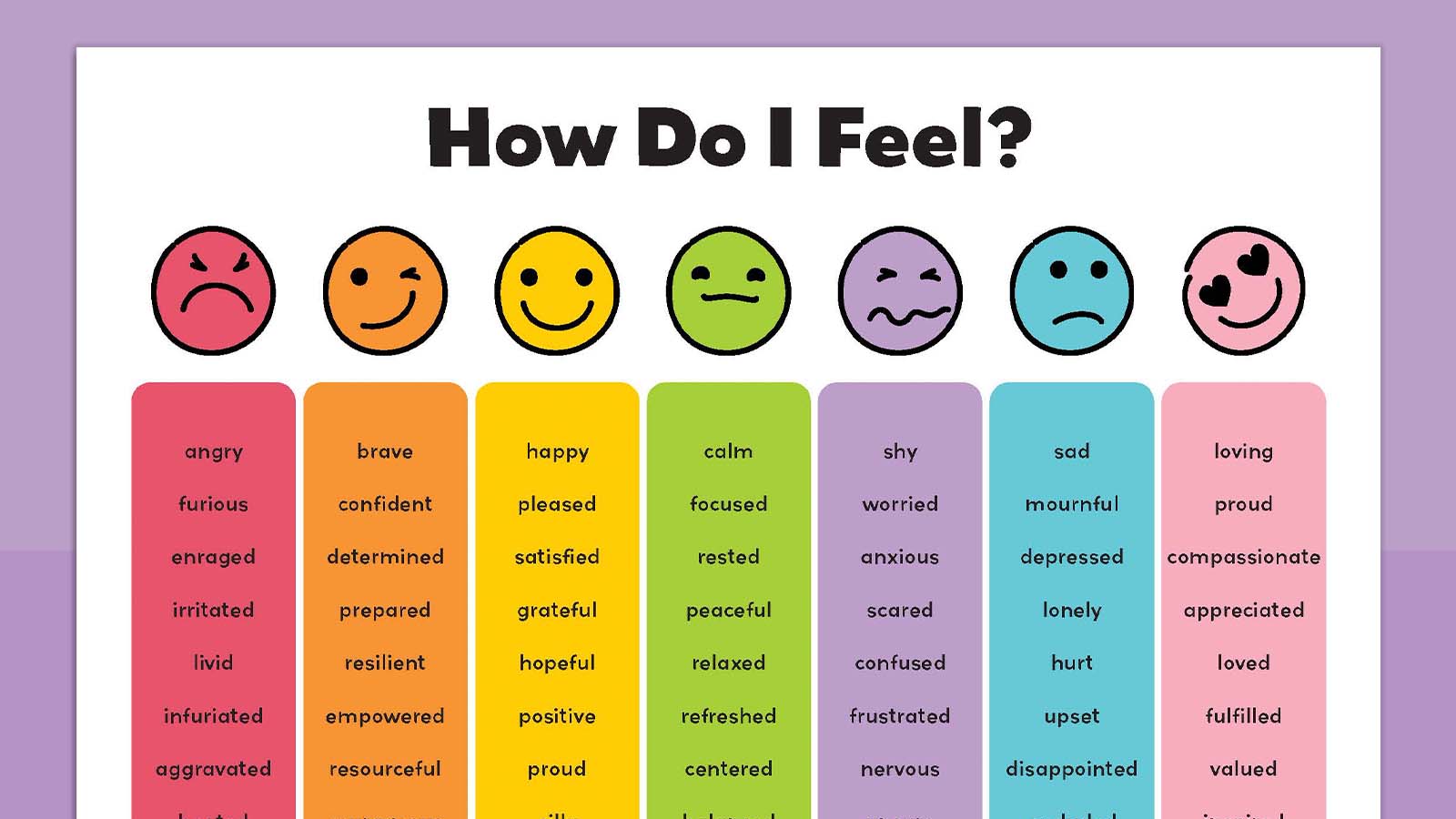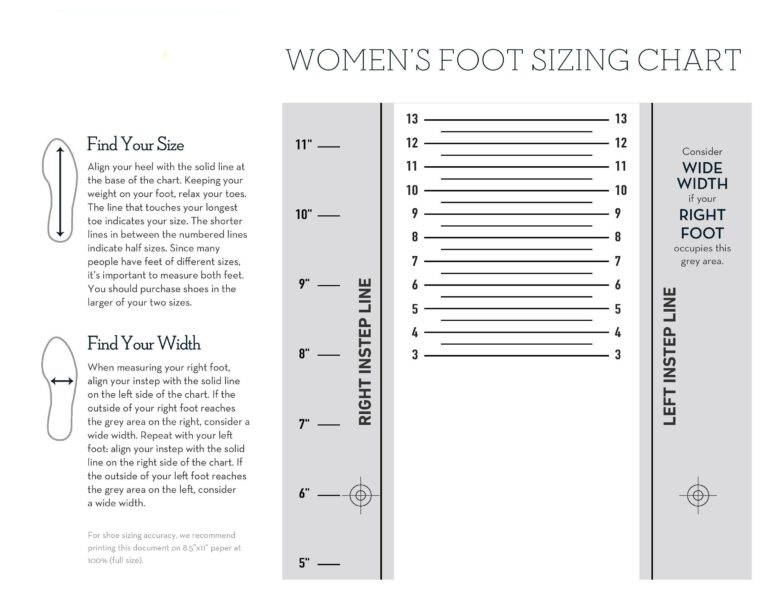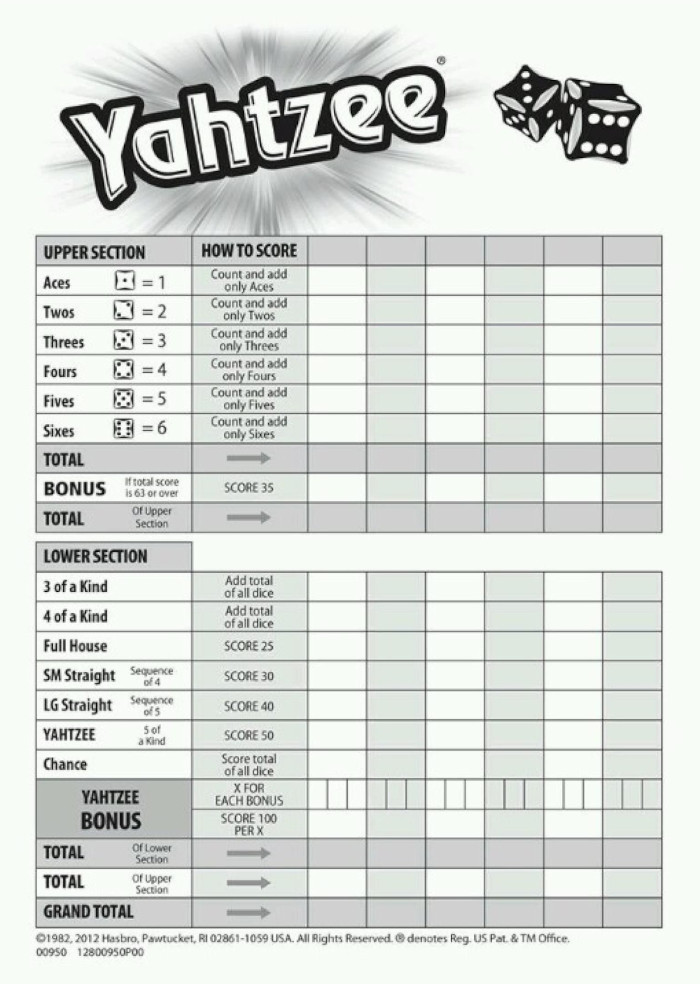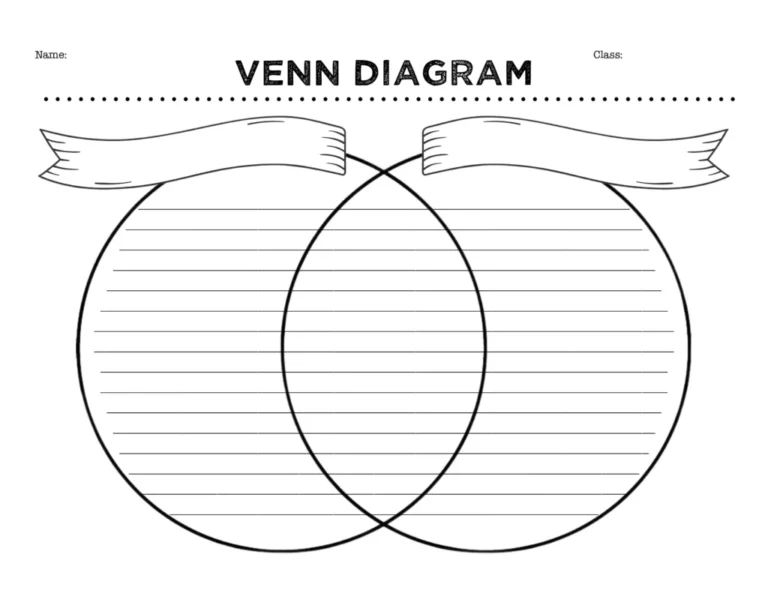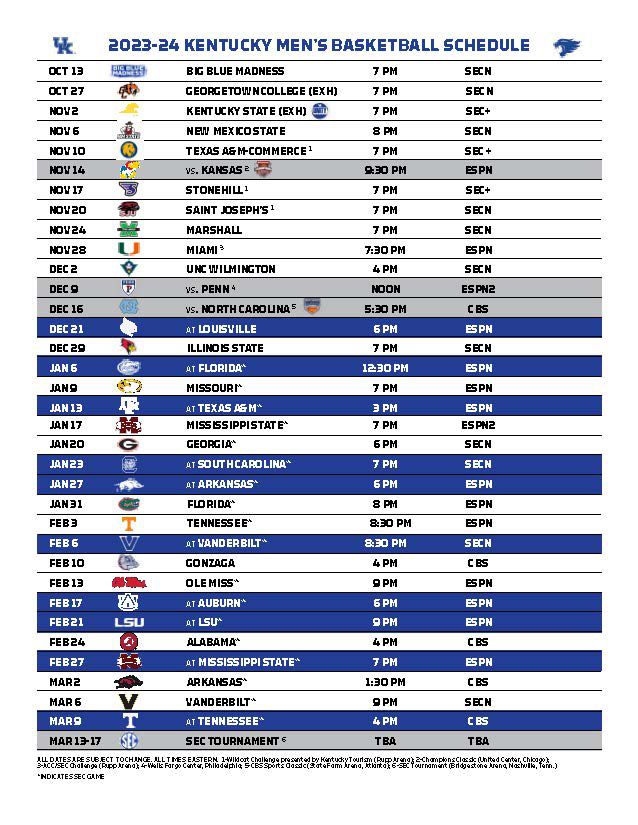Printable Feelings Chart: A Guide to Understanding and Managing Emotions
Emotions are an integral part of human experience, and understanding and managing them is crucial for our well-being. Printable feelings charts offer a practical and accessible tool for individuals of all ages to identify, label, and process their emotions. These charts provide a visual representation of a wide range of emotions, helping us to better understand our emotional landscape and develop strategies for emotional regulation.
Printable feelings charts are versatile tools that can be customized to meet individual needs and preferences. Whether you’re a child, an adult, or a parent looking for ways to support your child’s emotional development, there’s a feelings chart out there that can help you. In this guide, we’ll explore the different types of printable feelings charts available, provide tips for creating your own, and discuss how to use them effectively for emotional regulation.
Creating a Printable Feelings Chart

Creating a feelings chart is a useful tool for helping you to identify and track your emotions. It can be especially helpful if you are struggling with emotional regulation or if you want to learn more about your emotional patterns.
To create a feelings chart, follow these steps:
- Start by making a list of all the emotions that you can think of. You can use a thesaurus or an online list of emotions to help you.
- Once you have a list of emotions, divide them into different categories. For example, you could have categories for positive emotions, negative emotions, and neutral emotions.
- Create a table with three columns: one for the emotion, one for the intensity of the emotion, and one for the situation or trigger that caused the emotion.
- Fill in the table with the emotions that you have identified. For each emotion, rate the intensity of the emotion on a scale of 1 to 10, with 1 being the lowest intensity and 10 being the highest intensity.
- In the third column, write down the situation or trigger that caused the emotion.
Once you have completed your feelings chart, you can use it to track your emotions over time. This can help you to identify patterns in your emotional experiences and to develop strategies for managing your emotions more effectively.
Tips for Designing an Effective Chart
Here are some tips for designing an effective feelings chart:
- Use a clear and concise format. The chart should be easy to read and understand.
- Choose a size that is appropriate for your needs. The chart should be large enough to contain all of the information that you need, but not so large that it is difficult to manage.
- Use a variety of colors and fonts to make the chart visually appealing.
- Make sure that the chart is portable so that you can take it with you wherever you go.
Using Printable Feelings Charts

Feelings charts can be a handy tool for emotional regulation. They can help you identify and understand your emotions, which can lead to better coping mechanisms and improved mental health.
Here are some tips on how to use feelings charts:
* Keep a feelings chart handy. Place it in a place where you’ll see it often, such as on your fridge or desk.
* Check in with your feelings regularly. Take a few minutes each day to look at your feelings chart and identify how you’re feeling.
* Use the chart to track your emotions. Write down how you’re feeling and any thoughts or triggers that may have contributed to those feelings.
* Identify patterns. Over time, you may start to notice patterns in your emotions. This can help you understand what triggers certain emotions and how to better cope with them.
* Share your feelings chart with others. Talking about your feelings can be helpful, and sharing your feelings chart with a trusted friend or family member can provide support and understanding.
Incorporating Feelings Charts into Daily Routines
Here are some examples of how to incorporate feelings charts into your daily routines:
* Use a feelings chart as a morning check-in. Start your day by taking a few minutes to check in with your feelings and write them down on your chart.
* Use a feelings chart as a bedtime routine. Before you go to bed, take a few minutes to reflect on your day and write down how you’re feeling.
* Use a feelings chart when you’re feeling overwhelmed. If you’re feeling overwhelmed or stressed, take a few minutes to check in with your feelings and write them down on your chart. This can help you to process your emotions and identify ways to cope.
* Use a feelings chart to track your progress. Over time, you may start to notice patterns in your emotions and how you cope with them. This can help you to track your progress and identify areas where you can improve.
Printable Feelings Charts for Specific Audiences

Feelings charts can be tailored to different ages and needs, providing a helpful tool for individuals to identify and express their emotions. These charts can be designed for children, adults, and specific groups, such as those with autism or other developmental challenges.
Charts designed for children often use simple language and colorful illustrations to help them understand and identify their feelings. They may include basic emotions like happy, sad, angry, and scared, and can help children develop their emotional vocabulary and learn how to cope with different emotions.
Charts for Specific Groups
Feelings charts can also be designed for specific groups, such as those with autism or other developmental challenges. These charts may use visual cues, such as pictures or symbols, to help individuals identify and express their feelings. They can also be used to help individuals learn how to regulate their emotions and develop coping mechanisms.
Resources for Printable Feelings Charts

Finding printable feelings charts online is easy and convenient. Numerous websites and platforms offer a wide selection of charts to choose from, catering to different ages, needs, and preferences.
To access and download these charts, simply visit the website or platform, browse the available options, and select the chart that best suits your requirements. Most websites allow you to download the charts as PDF files, which can be printed or saved for future use.
Websites and Platforms
- Therapist Aid: Offers a comprehensive collection of printable feelings charts for children, teens, and adults.
- ESL Kid Stuff: Provides a variety of feelings charts specifically designed for English language learners.
- Education.com: Features printable feelings charts for different age groups, including toddlers, preschoolers, and elementary school students.
- Verywell Mind: Offers a selection of printable feelings charts for children, focusing on emotional regulation and self-awareness.
- Mindheart: Provides a range of printable feelings charts for both children and adults, including a color-coded chart and a more detailed chart with descriptions.
FAQs
What are the benefits of using printable feelings charts?
Printable feelings charts offer numerous benefits, including improved emotional awareness, increased vocabulary for expressing emotions, enhanced emotional regulation skills, reduced emotional reactivity, and greater empathy towards others.
How can I create a printable feelings chart?
Creating a printable feelings chart is easy. Start by gathering a list of emotions, either from a pre-existing chart or by brainstorming your own. Then, design a visual representation of these emotions, using colors, images, or symbols. Finally, print out your chart and keep it in a visible location for easy access.
How do I use a printable feelings chart for emotional regulation?
To use a printable feelings chart for emotional regulation, simply refer to the chart when you’re feeling overwhelmed or experiencing difficult emotions. Identify the emotion you’re feeling, and then use the chart to explore possible triggers and coping mechanisms. This process can help you to better understand your emotions and develop strategies for managing them in a healthy way.
